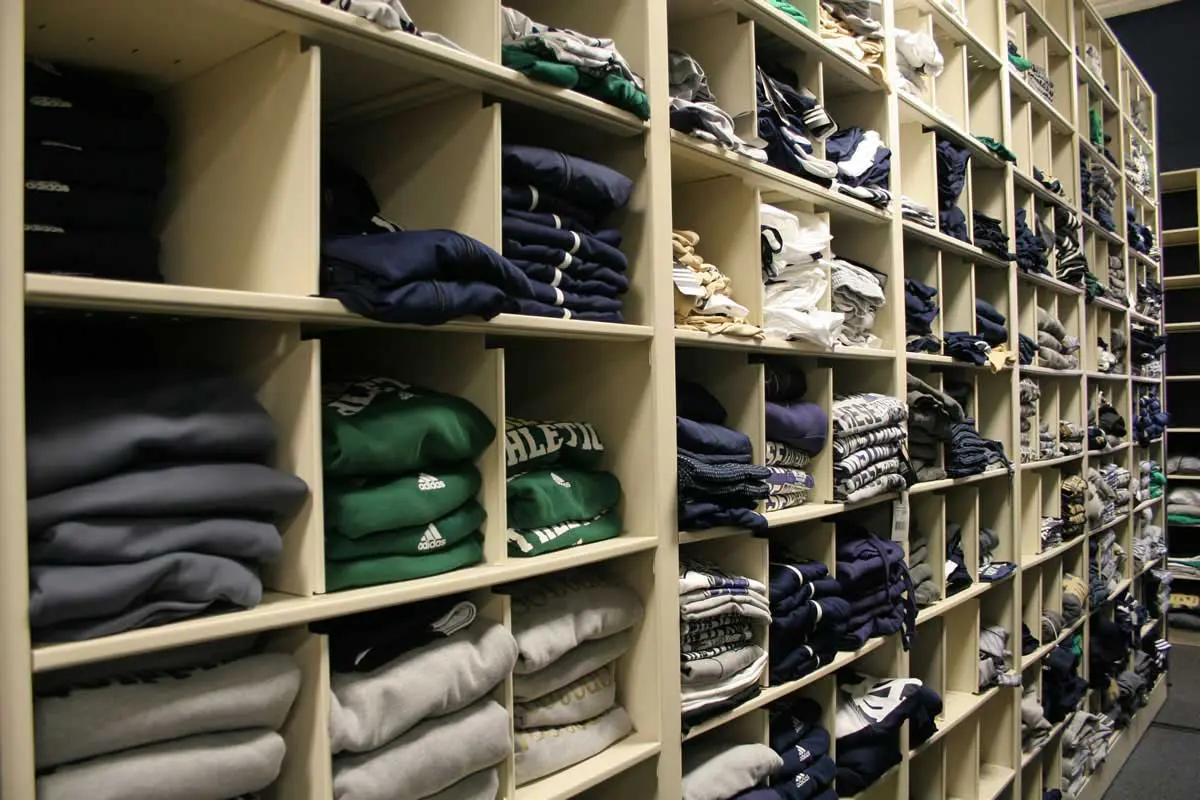
The Evolution of Smart Lockers in Law Enforcement
Introduction
In the realm of modern law enforcement, efficiency and preparedness are paramount. Swift access to essential equipment can mean the difference between effective crisis response and potential delays. The evolution of smart lockers has revolutionized how law enforcement agencies manage their equipment, enhancing operational readiness and security to new levels. In this article, we journey through the history and development of smart lockers in law enforcement, uncovering the ways they have transformed equipment management.
Early Challenges in Equipment Management
Before the emergence of smart locker solutions, law enforcement agencies grappled with traditional equipment storage methods that often proved cumbersome and time-consuming. Officers needed to locate, retrieve, and return various gear manually, leading to inefficiencies and potential disorganization. Moreover, the lack of a centralized system made tracking equipment usage and maintaining accountability a complex task.
Emergence of Smart Locker Solutions
The advent of advanced technologies marked a turning point in law enforcement equipment management. Smart locker solutions arose as a response to the inefficiencies of manual storage systems. These innovative lockers are equipped with cutting-edge features designed to address the unique needs of law enforcement agencies.
Benefits of Smart Lockers for Law Enforcement
Efficiency: Smart lockers expedite the process of accessing and returning equipment. With a few simple steps, officers can swiftly retrieve their gear, enabling quicker response times during critical situations.
Security: Security is a paramount concern in law enforcement. Smart lockers offer enhanced protection through features such as biometric authentication, ensuring that only authorized personnel have access to the equipment.
Organization: Smart lockers eliminate the chaos associated with traditional storage methods. Each piece of equipment has a designated spot, reducing the risk of items being misplaced or lost.
Accountability: Keeping track of equipment usage is crucial for maintaining accountability. Smart lockers automatically log each interaction, creating a comprehensive audit trail that can be crucial for investigations and internal reviews.
Space Optimization: Law enforcement facilities often have limited space. Smart lockers make efficient use of available room by utilizing vertical storage and maximizing capacity.
Technological Innovations
The effectiveness of smart lockers lies in the technological innovations that power them. These lockers incorporate advanced features such as biometric scanners, RFID tracking, and integration with central databases. Biometric authentication ensures that only authorized personnel can access the lockers, adding an extra layer of security. RFID tracking enables real-time inventory management, allowing agencies to monitor equipment usage and make informed decisions.
Future Trends in Smart Lockers for Law Enforcement
Looking ahead, the evolution of smart lockers shows no signs of slowing down. Future trends suggest the integration of artificial intelligence (AI) to further enhance security protocols and predictive maintenance. AI-powered systems could identify irregular usage patterns, alerting administrators to potential breaches. Additionally, predictive maintenance algorithms could preemptively identify maintenance needs, reducing downtime and ensuring the reliability of the lockers.
Stay tuned for the continued evolution of smart lockers, as technology continues to redefine how law enforcement agencies optimize their equipment management processes.
FAQs
Are smart lockers vulnerable to hacking or unauthorized access?
Smart lockers are designed with robust security measures to mitigate the risk of hacking or unauthorized access. Biometric authentication, such as fingerprint scanning, ensures that only authorized personnel can open the lockers. Additionally, encryption protocols safeguard communication between the lockers and central control systems, making it exceedingly difficult for malicious actors to gain unauthorized entry. Regular security updates and patches further enhance the resilience of smart locker systems against potential cyber threats.
How do smart lockers ensure quicker access to equipment during emergencies?
Smart lockers are strategically located in easily accessible areas within law enforcement facilities. With quick authentication methods like biometric scans or RFID cards, officers can rapidly retrieve the necessary equipment without fumbling through traditional storage methods. This streamlined process translates to reduced response times during emergencies, optimizing the effectiveness of law enforcement operations.
Can different personnel have access to different lockers based on their roles?
Absolutely. Smart lockers offer a high degree of customization in terms of access permissions. Depending on their roles and responsibilities, different personnel can be granted specific levels of access to designated lockers. For instance, officers, detectives, and specialized units can have access to lockers tailored to their needs. This feature ensures that each member of the agency can access the equipment relevant to their tasks while maintaining secure segregation.
What happens if there’s a power outage? Can officers still access their gear?
Smart lockers are equipped with backup power solutions to ensure continuous access to essential equipment, even in the event of a power outage. These backup systems, often utilizing uninterruptible power supplies (UPS), provide sufficient energy to keep the lockers operational until power is restored. This ensures that officers can retrieve their gear without interruptions, maintaining the agency’s operational readiness.
How easy is it to transition from traditional storage methods to smart lockers?
Transitioning to smart lockers is designed to be seamless and user-friendly. Law enforcement agencies receive comprehensive training and support during the implementation phase. Personnel are educated on how to use the locker systems, including authentication methods and equipment retrieval procedures. Additionally, intuitive interfaces and straightforward authentication mechanisms make the learning curve relatively easy for officers familiar with modern technology.
Conclusion
As law enforcement agencies continue to adapt to the demands of the modern world, smart lockers stand as a testament to technological innovation meeting practical needs. By addressing challenges related to equipment management, security, and efficiency, these lockers have evolved into essential tools for enhancing law enforcement operations. Whether it’s speeding up response times, ensuring the security of critical gear, or optimizing the use of available space, smart lockers play a pivotal role in shaping the future of law enforcement.



